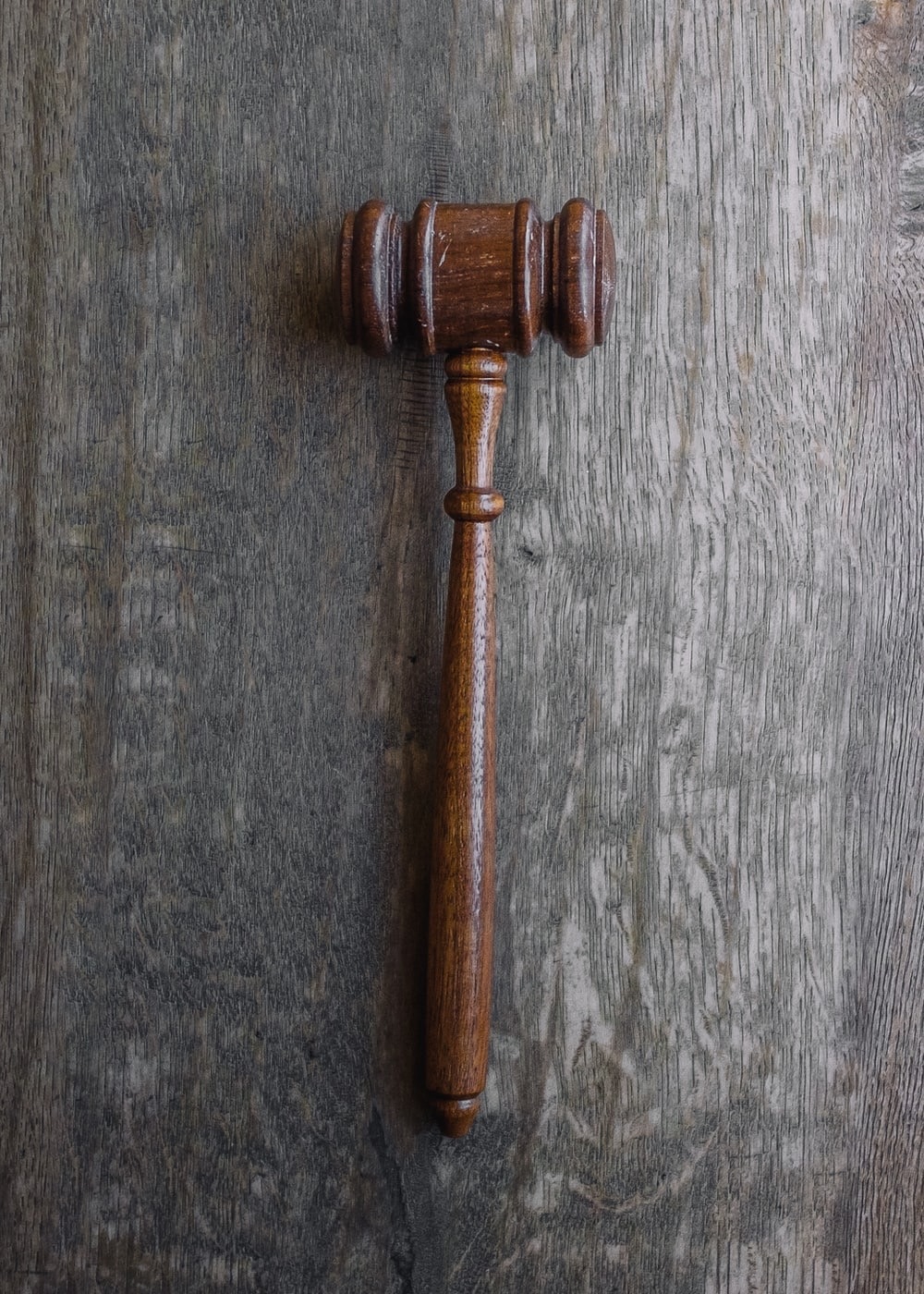
Bridge Loans for Seniors
Making the transition from everyday activities of working life to retirement can be difficult for individuals regardless of their age or situation. In addition, seniors’ lives can often include moving to a new state, home, or living facility, among other changes that can put a serious financial strain on them. If you are someone who is experiencing financial difficulties, or if you are caring for a senior who is, then perhaps, bridge loans can be a great option for you.
Bridge loans can help seniors compensate for any financial gaps that they may be facing due to a terminal illness, change of residence, or any other new development in their life. This will ensure that seniors do not have to put their life on hold. This article will walk you through everything you need to know about bridge loans and how they can benefit seniors.
What are bridge loans?
Bridge loans – unsurprising, considering their name – are usually used to bridge a gap or period of financial instability. In most of these cases, borrowers are moving homes and need financial assistance while their previous residence is still on the market. This may be why seniors need the bridge loan, but there are other ways that your elderly loved one may benefit from short-term financing.
Loan amounts can range from $5,000 to $50,000 and the repayment options usually allow for a one-year or slightly longer schedule, especially since most people pay off the loan as soon as other sources of income become available and the financial gap is filled. When bridge loans are necessary for real-estate purposes, the house is used to secure them. However, there are companies that can provide unsecured bridge loans to seniors in need as well.
We suggest that you also consider a bridge line of credit, especially helpful for seniors who will have recurring expenses that they need financing for, such as assisted living fees, food delivery services, and medical expenses. Unlike a lump sum approach of the regular bridge loan, bridge lines of credit ensure the money is distributed over a longer period of time. A bridge loan has fewer restrictions when it comes to timeline and amount.
Types of Bridge Loans
Though there are no set types of bridge loans, the terms can differ from borrower to borrower and from lender to lender. These terms are usually based on the borrower’s financial needs and their credit score or history. Loans may vary by interest rate, timeline, and repayment requirements.
A major difference between the types of bridge loans is the way that interest rates are handled and how lenders ask borrowers to repay them. Some lenders will ask that interest is repaid in a lump-sum at the end of the loan term. Others will ask that the borrower distribute the interest over the entire repayment period and include it in monthly payments. The final option could be paying the total amount at closing, subtracting it from the loan you receive.
How can I use bridge loans for senior living?
There are a couple of ways that bridge loans can benefit seniors. For example, seniors may also need to cover expenses incurred during the waiting period before they receive social security, veteran or other benefits. When it comes to veteran benefits, specifically, it can take several months for the money to start depositing into your account. In the meantime, seniors can use bridge loans to take care of living expenses.
Another example is that after seniors retire and are no longer tied to their city or state of residence due to a job, it’s common for elderly people to move somewhere else. If your elderly loved one is moving to a different home for retirement, then a conventional bridge loan is ideal for them. This loan can help seniors deal with the moving costs.
Other changes related to moving residences take place when seniors join an assisted living facility. This can be extremely expensive because of entry fees, monthly fees, and other similar costs. Once again, a bridge loan can come in handy to cover these expenses.
How much do bridge loans cost?
Interest rates on a bridge loan will vary depending on who you borrow from. If you are going for a real estate loan and it is secured with your house, it is likely that you will be able to receive lower rates. These interest rates can range between 0% to 2%, not including the baseline interest rate that will be added to it. If you are borrowing a loan that is not secured, then interest rates will most likely be higher. Other fees may include a percentage of the entire amount, also called the origination fee.
There are several companies – such as Elderlife Financial Services – that can offer seniors unsecured bridge loans. Interest rates range from 9% to 16% and the origination fee is usually 8% of the sum amount. If you choose the line of credit option, then you need to repay around $12 in interest per month for every $1,000. This option allows for up to 18 months before borrowers need to repay it. With the lump sum loan, borrowers may have more time before final deadlines for repayment.
Interest rates for bridge loans, in general, can be much higher than those for other lending programs. It’s important to keep this in mind while doing your research, so that you can make sure that this is the best option for you or your senior.
What are the risks?
There are several risks for borrowers of bridge loans:
- In extreme cases, borrowers can lose their home if it’s tied up with the loan and won’t sell on the market.
- Credit scores and histories can be damaged if borrowers are unable to repay in a timely fashion. This can mean that you won’t be able to qualify for many of the future financial programs.
- If seniors borrow a lump sum instead of a line of credit, it can be more difficult to repay the loan, even if the senior is just waiting for their benefits to start paying. If your funds are delayed or are lower in amount then you expected, it can pose a great risk.
How to get the best terms for your bridge loan
There are 5 things you can do before borrowing the bridge loan to make sure that you are offered the best terms.
- Before you do anything else, decide on how much money you need to borrow. Calculating this is easy if you’re planning to buy a house or are moving into an assisted living facility. Just make sure that you include monthly needs into your calculations.
- It’s important that you ensure your credit score and general report are in order. You can request this information for free from several sources (Experian, Equifax, TransUnion). Double-checking this will help you see if there are any mistakes in the report that could hurt your credit check which will be performed by the lending company. You can easily contact the credit bureau if there are any specific issues.
- If the reason you want to take out a bridge loan is that you are planning to move houses, we suggest that you take the housing market into account. This means that you consider whether or not the house will sell before your repayment needs to be finished.
- You also need to research and speak with several lenders. You will have a lot of options and there will most likely be several lenders you can contact that can give you the terms you need. Not only can you speak with lenders, you should also look at reviews and see what experiences other people have with specific bridge loans.
- Before submitting your application, make sure that there are no serious mistakes. Your information needs to be clear and direct in order for the lender to approve your application. We suggest that you let someone else read the application as well.
- Finally, look at all the discounts that are on offer and take advantage of them. For example, you can sign up for autopay or ask for other discounts that will make the burden of monthly payments a bit easier.
Conclusion
This article aimed to help you understand the basics of bridge loans and what your options are. Yes, there are some risks when it comes to bridge loans, not the least of which is the possibility of losing your home. Interest rates for these loans can also be higher than for other options. Despite this, bridge loans can be a great way to get help during financially difficult times. In general, bridge loans are good for those periods when you are waiting for funds to be deposited into your account.
Related Articles

Elder Law Attorneys: A Comprehensive Guide
If you are someone who is taking care of a senior or has an elderly loved one, you should consider working with an elder law attorney. Though you may not expect it, individuals begin to face new and more complex legal concerns as they get older. Actions that may have seemed trivial when they were […]

When Is It Time for Assisted Living?
Wondering if it is time for assisted living for your loved one is a common question for caregivers. As a caregiver, you might have been considering the question for months or possibly even years. Your loved one might have declined to continue the discussion as the thought of moving out of their family home and […]

Respite Care: An Overview
Caregiving can be overwhelming at times. That’s why taking a break is essential for recharging your battery. Respite care, also called short break care, is a way for caregivers to get temporary care for their loved ones so they can take some time to rest. Getting this “me time” of respite care can renew the […]

A Caregiver’s Guide to ADLs and IADLs
This article has been medically reviewed by Dr. Martin Duggan in 2021. This content is not intended to be a substitute for professional medical advice, diagnosis, or treatment. Always seek the advice of your physician or another qualified health provider with any questions you may have regarding a medical condition. As a family caregiver, your […]

What is a Mechanical Soft Diet? Explanation, Preparation, and Meal Ideas
This article has been medically reviewed by Dr. Martin Duggan in 2021. This content is not intended to be a substitute for professional medical advice, diagnosis, or treatment. Always seek the advice of your physician or another qualified health provider with any questions you may have regarding a medical condition. As a caregiver, you may […]

Intestate Succession—Dying Without a Will
This article has been reviewed by a practicing attorney in 2020 This content is not intended to be a substitute for professional legal advice. Always seek the advice of an attorney or another qualified legal professional with any questions you may have regarding your situation. Death can be an uncomfortable topic. It is one many […]